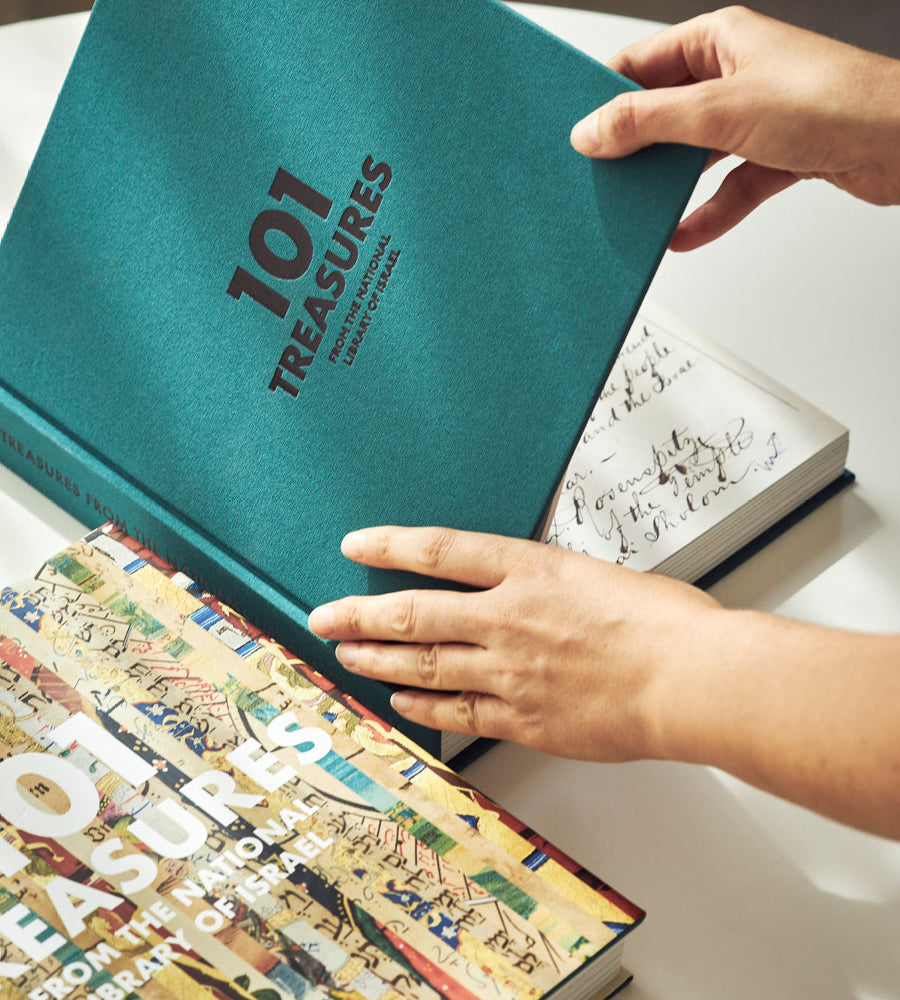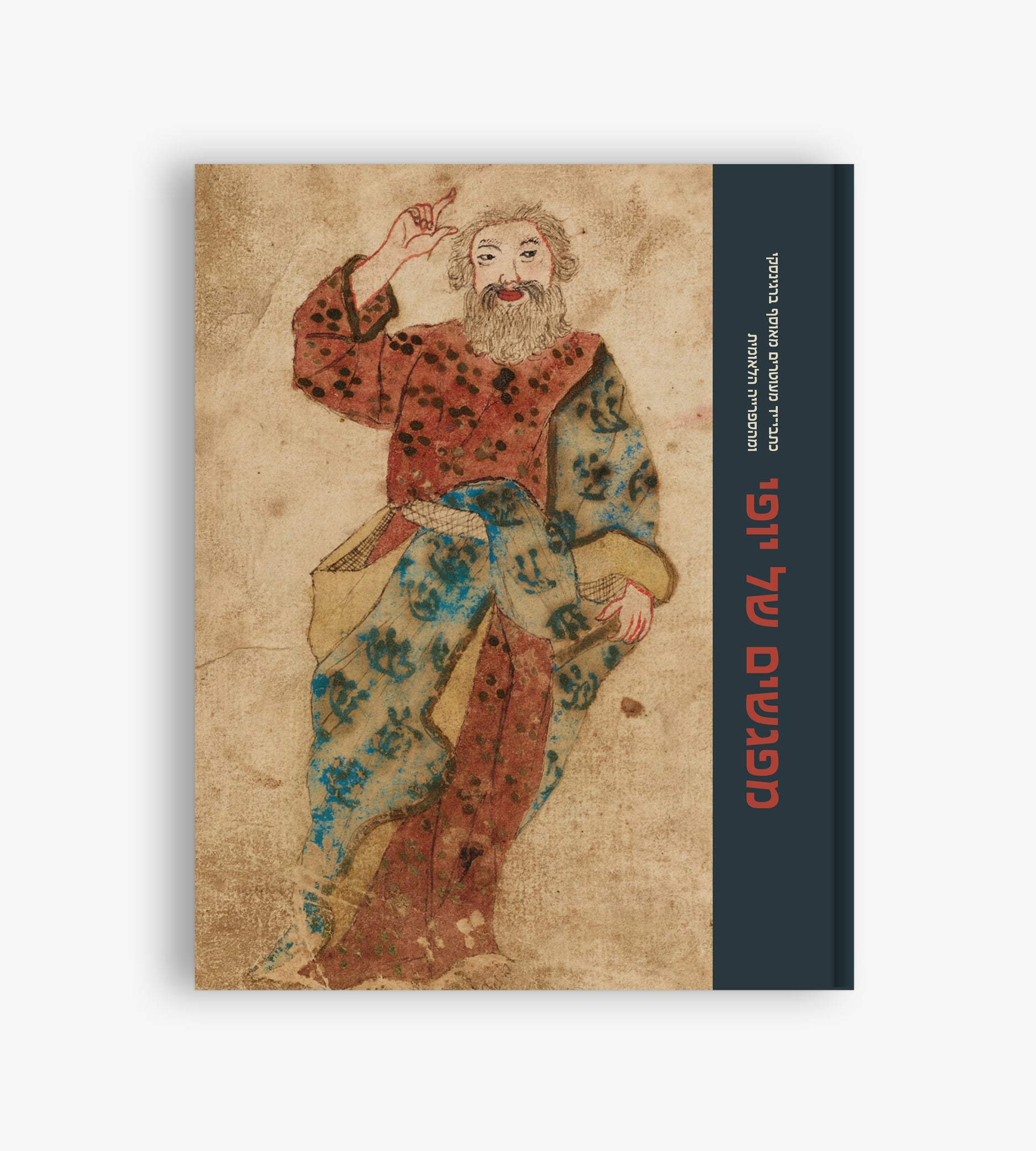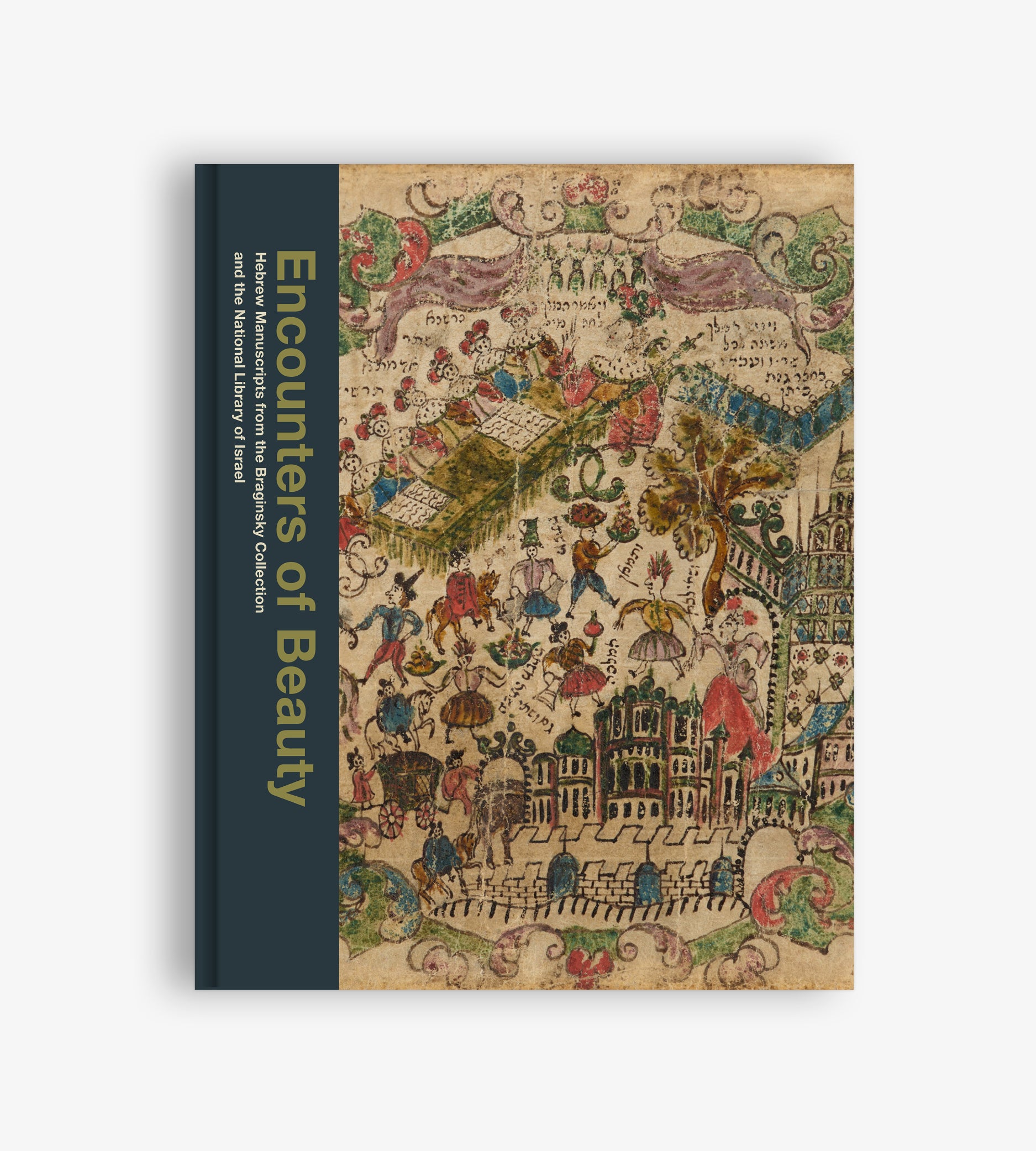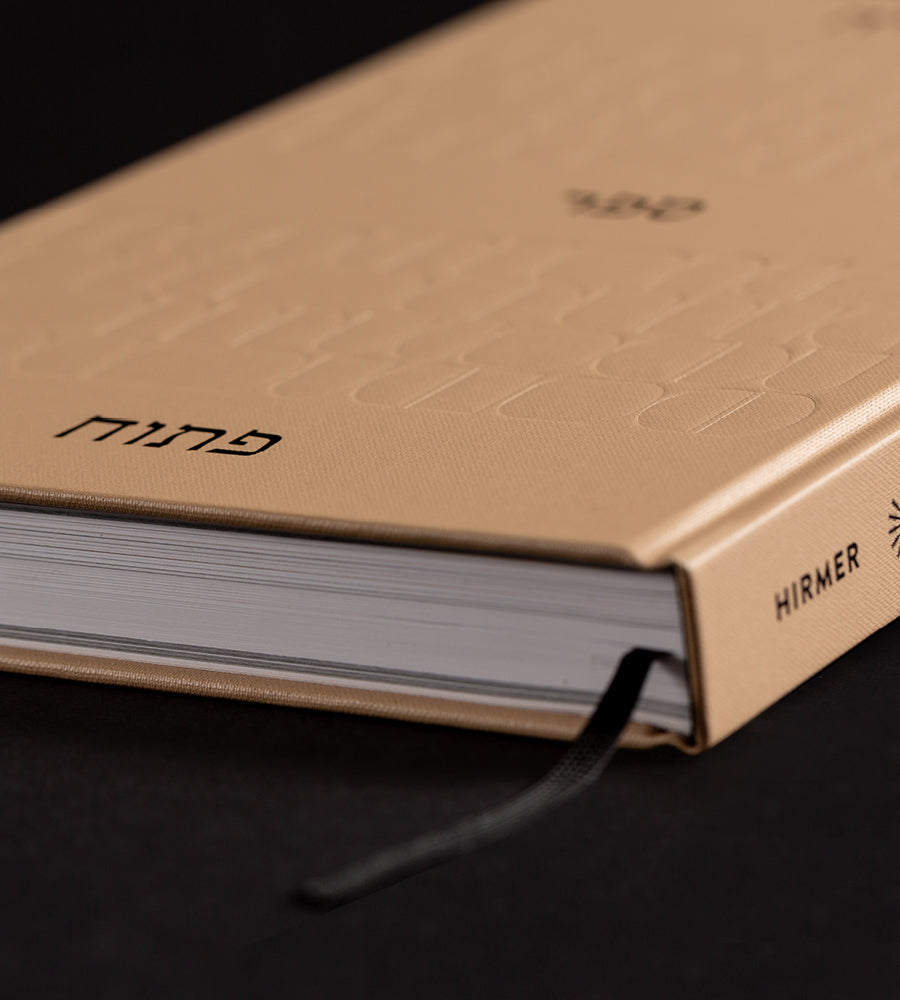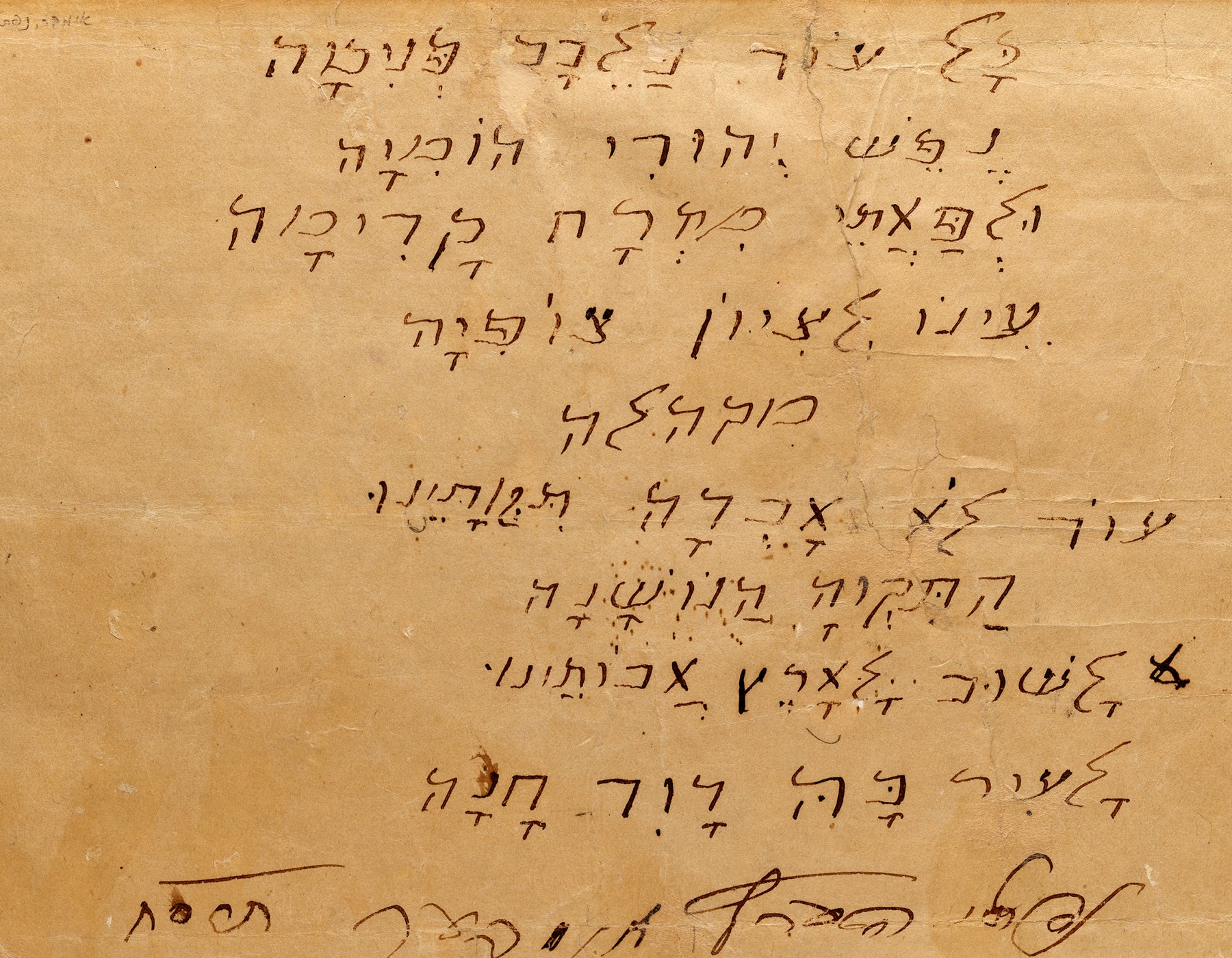
A National Anthem Comes Home
Hezi Amiur

Most national anthems are not originally composed as such. This is also true of the Israeli national anthem written by Naftali Herz Imber (1856–1909), which received its status by virtue of the tremendous love and appreciation accorded to it by the Jewish people.
“Tikvatenu” (“Our Hope”) was first published in the Land of Israel in 1886 as a nine-stanza poem written in the genre of songs expressing yearning for Jerusalem. Settlers of Rishon LeZion set it to a Romanian folk tune, and it spread widely throughout the Land of Israel and the entire Jewish world. When Imber moved to the United States, he found that his song was far more well known than he was; having been abridged to two stanzas, it had become the unofficial anthem of the Zionist Congress. In the Land of Israel, the closing line “to return to the land of our ancestors” was changed to “to be a free nation in our land” to indicate that the return to Zion was already taking place. In time, this shortened version became well established and known simply as “Hatikva.”
In 1908, Imber was hospitalized in a Jewish hospital in New York. There he met Jeannette Robinson-Murphy, an American ethnomusicologist, who asked him to write down the lyrics of the only Hebrew song she knew how to sing. He took a piece of hospital stationery and jotted down the original first two stanzas. A moment before handing it to her, he decided to rip off the top of the page where the hospital logo was printed so as to accord the song its proper honor.
In 1933, the eighteenth Zionist Congress declared “Hatikva” the Jewish national anthem. Three years later, Robinson-Murphy decided that the page she had received from Imber belonged in “the land of Zion, Jerusalem” and entrusted it to the National Library. This is the sole known autographed copy of “Hatikva” in the world.



